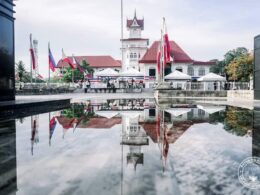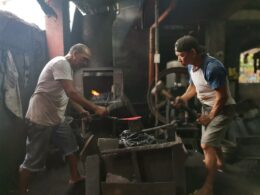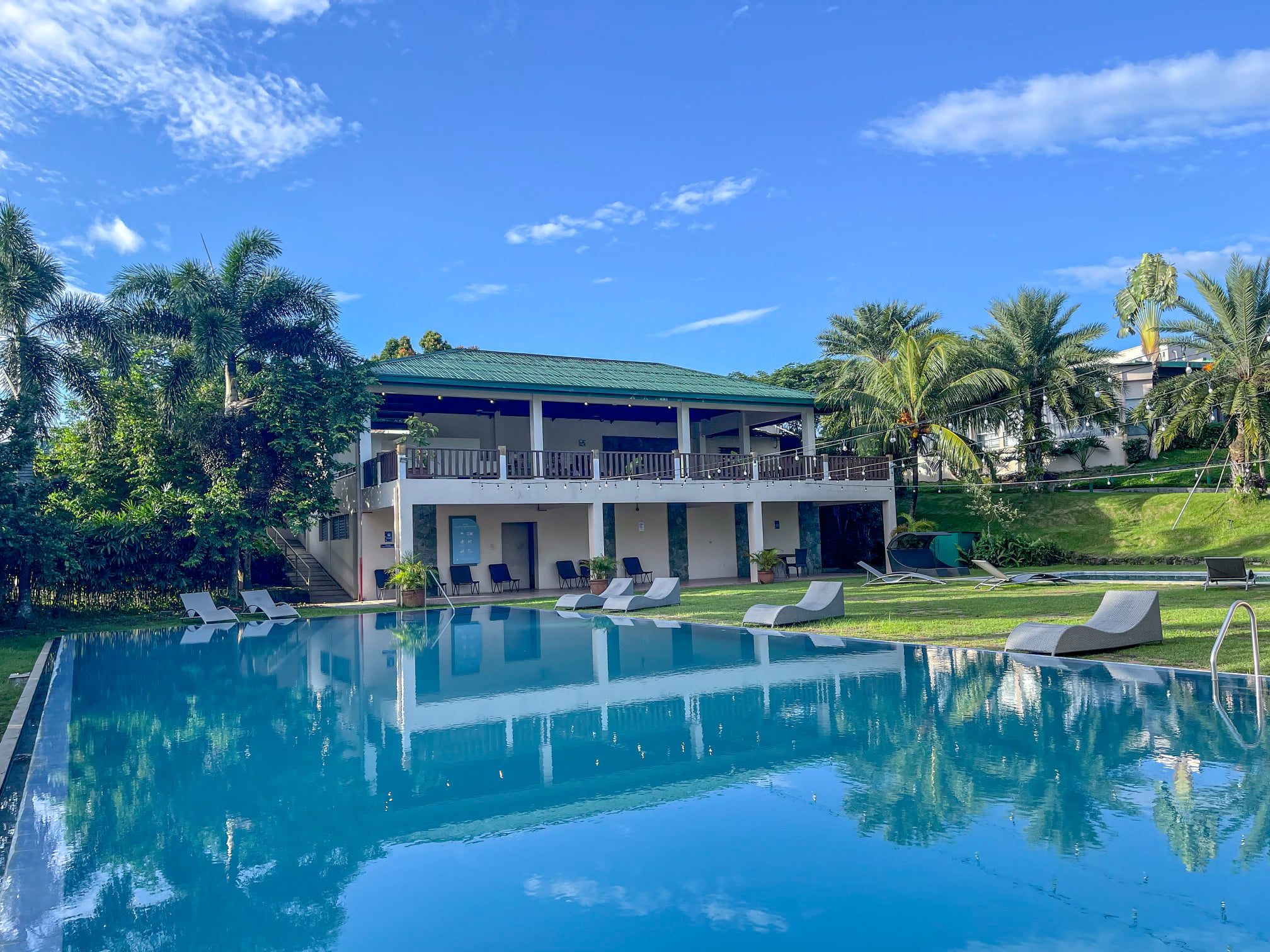Although there were many heroic women who fought for the Philippines, they are often overlooked in contrast to the more well-known male heroes like Dr. Jose Rizal, Andres Bonifacio, and Antonio Luna.
As part of the commemoration of International Women’s Month, The Cavite Rising highlights the stories of five Filipino women who demonstrated heroism and bravery, and left a lasting impact on Philippine history.
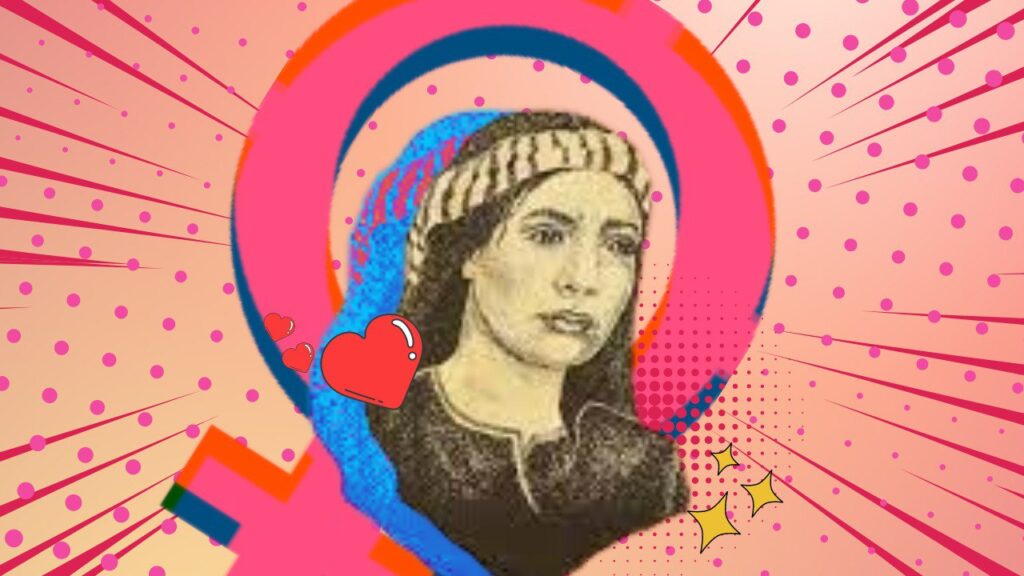
Maria Josefa Gabriela Silang (1731-1763)
Gabriela Silang is often mentioned in conjunction with her husband, Diego. However, it is important to remember her own greatness as a leader of a revolt in Ilocos. Gabriela was a courageous leader who aimed to establish a new government to replace the Spanish colonial rule. Sadly, her soldiers were executed and she herself was hanged in September 1763. Despite her brief time as a leader, she left a powerful example of valor and sacrifice that continues to inspire Filipino women to this day.
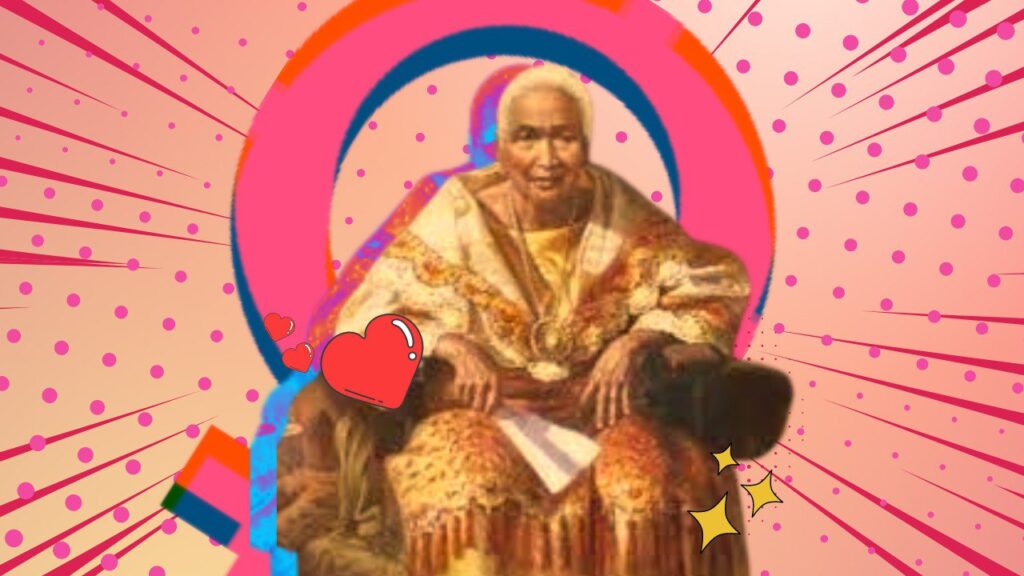
Melchora Aquino (1812 – 1919)
Melchora Aquino, also known as Tandang Sora, earned the moniker “Mother of the Revolution” due to her crucial role in supporting the Philippine revolution against Spanish colonial rule. Born in Banilad, Caloocan, she received very little formal education. Despite her advanced age, Tandang Sora fearlessly risked her life to provide care and sustenance to Andres Bonifacio and other Katipuneros, tending to their wounds during the war against the Spanish. As a result of her actions, the Spanish authorities exiled her and subjected her to interrogation in the hope that she would disclose the location of the Katipunan hideout, but she steadfastly refused.
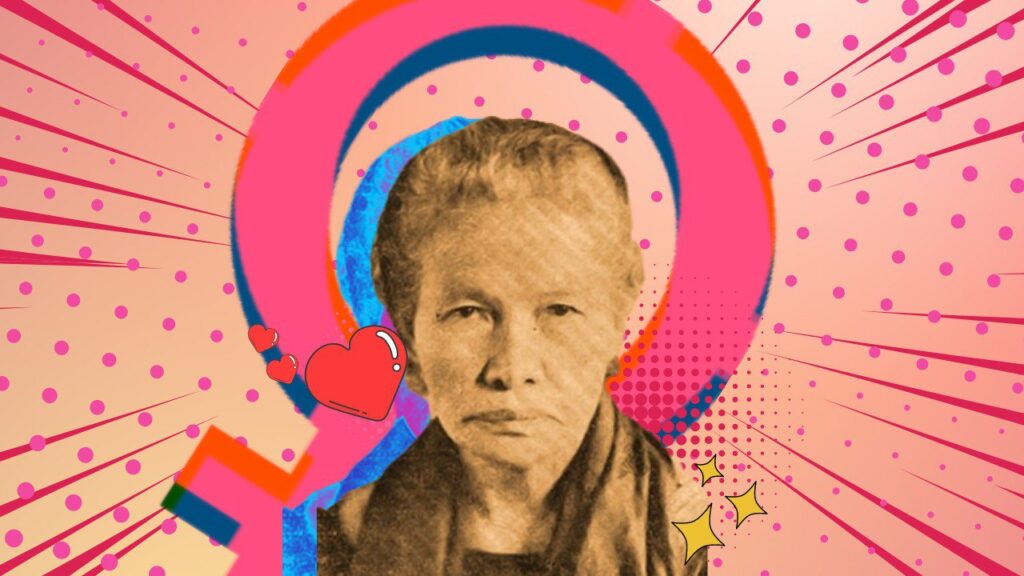
Teresa Magbanua (1868-1947)
Teresa Magbanua, also known as the Visayan Joan of Arc, was not only a school teacher but also a prominent military leader in the Philippines. She made history as the first and only woman to have commanded troops in the Visayas region during the revolution. Magbanua was a patriotic figure who fought against various foreign aggressors, including Spain, the United States, and Japan, in defense of the Philippines.
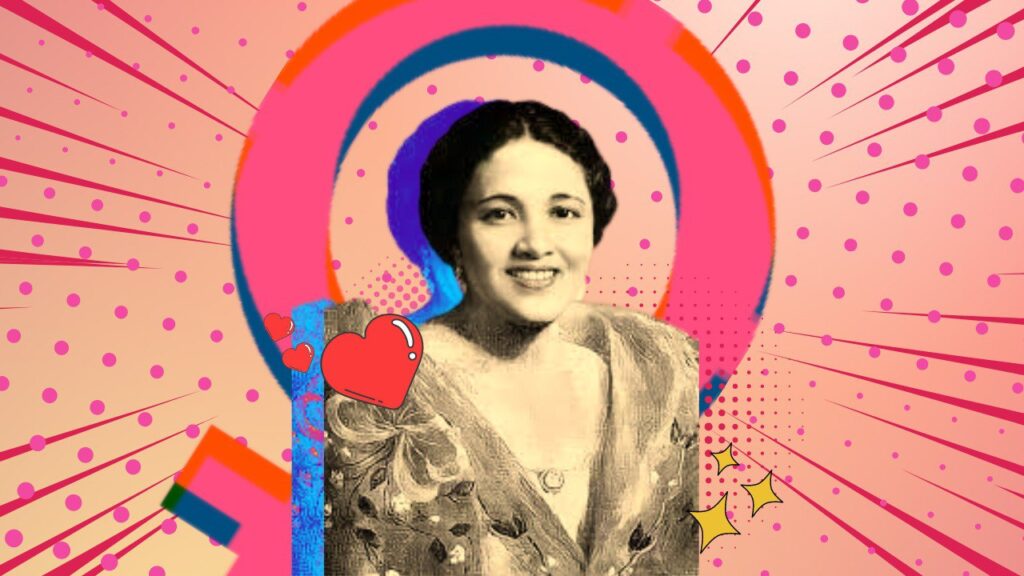
Josefa Llanes Escoda (1898-1945)
Josefa Llanes Escoda founded the Girl Scouts of the Philippines in 1940. During World War II, Escoda played a vital role in providing aid to prisoners of war and facilitating the reunification of families in Manila through the efforts of the women she had trained. However, her bravery and humanitarian work came at a great cost. She was captured by the Japanese and subjected to torture and suffering.
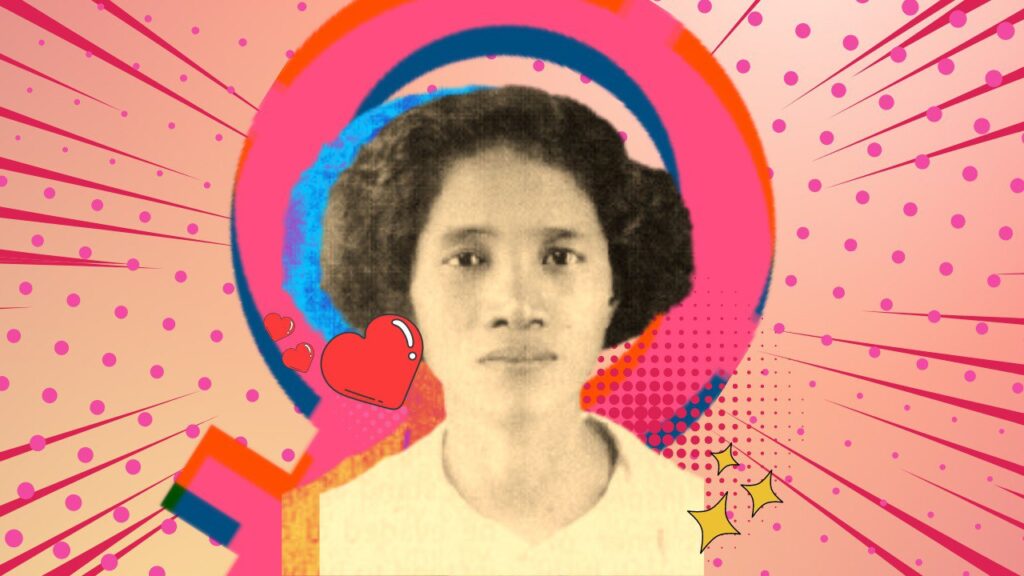
Magdalena Leones (1921-2016)
Magdalena Leones, a Filipino intelligence officer, made history as the first and only Asian woman to be awarded the Silver Star by the United States during World War II. Leones used her church contacts and proficiency in Niponggo to transport “valuable intelligence data, essential radio parts, and medical supplies” through Japanese-controlled territory. She also utilized her language skills to save the lives of fellow Filipinos who had been captured by the Japanese.
The Filipino women mentioned above are not merely symbolic figures of womanhood but notable individuals who made significant contributions to society. It is imperative that we remember these women and their achievements.






